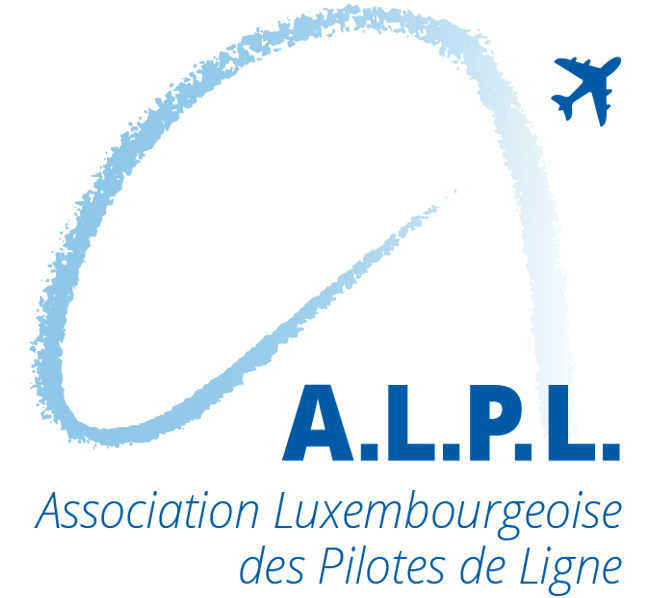Europe is showing a misplaced pride in the new wave of liberalisation in air transport. The ongoing and recently concluded air transport agreements with 3rd countries still carry a strong liberal footprint but have made only a modest attempt at protecting fair competition and EU social standards. If Europe is serious about maintaining high social standards and fair competition in aviation, it should quickly get its act together.
When in 2015 the European Commission presented its Aviation Strategy, it became clear that negotiating Air Transport Agreements (ATAs) would be high on the priority list. It was the first pillar of the Strategy and a list of third countries were picked for negotiations. The (now former) EU Transport Commissioner Bulc had a vision for the EU aviation sector to be “a world leader”, reaping the benefits of the booming Gulf and ASEAN markets. With an already fully liberalised European internal market, the only liberalisation still possible was through such ATAs with 3rd countries, even if they were not always eager to go as far as the EU Commission wanted them to.




